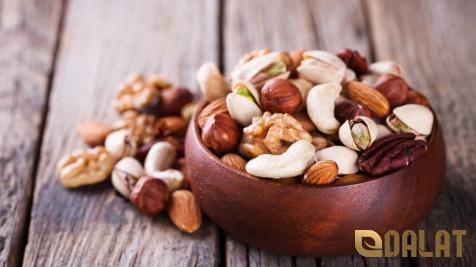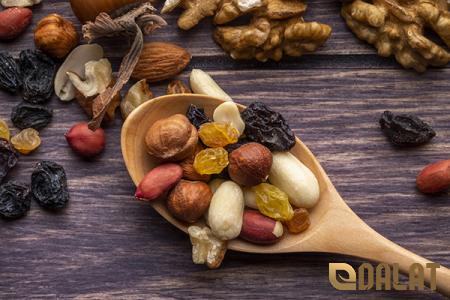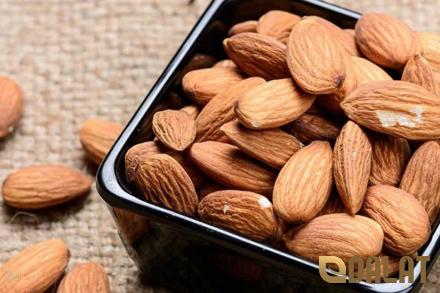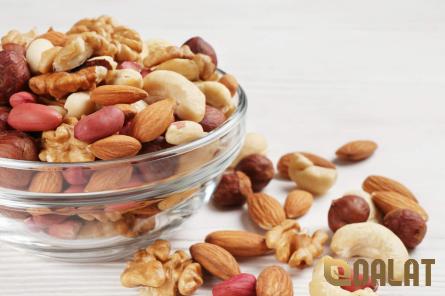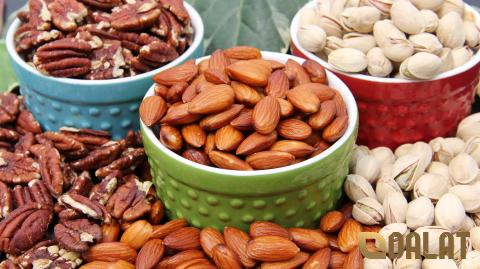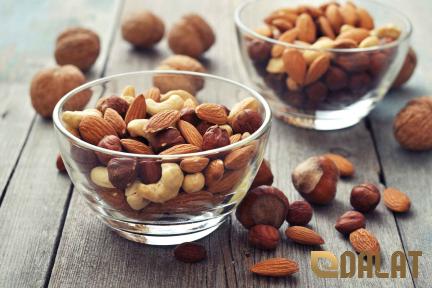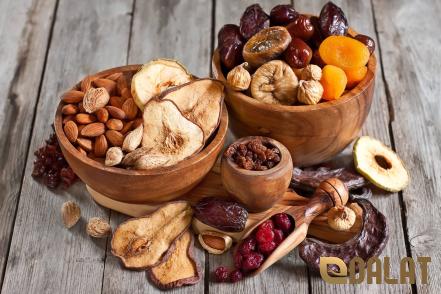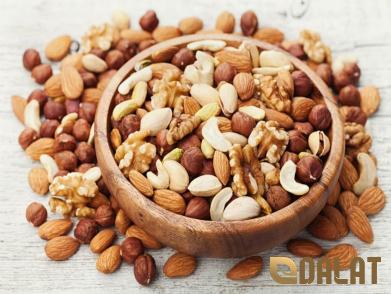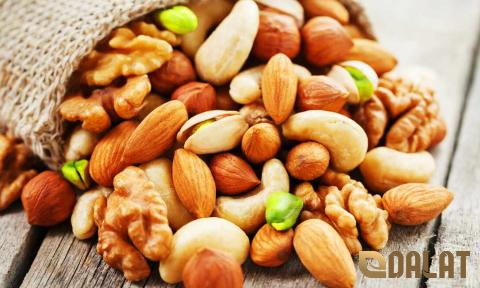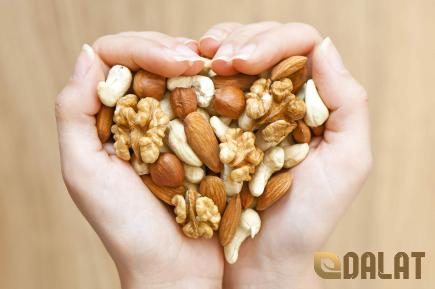raisins vs grapes nutrition
raisins or other dried fruit vs the fresh types of them, such as grapes may have fewer nutrition items
raisins are the dried form of the same fruit that we all know and love, but they lack the fresh-fruit flavor that makes them so popular
Raisins are a popular kind of dried fruit that is often added to food in order to add sweetness
Let’s look at the nutritional content of grapes and raisin side by side and discover which one is more beneficial to our bodies

Grape-seed
Grapes have around 80 percent water content, but raisins only have 15 percent water content
Comparatively, the amount of antioxidants found in grapes is around one-third of what is found in raisins
Grapes provide a far higher concentration of vitamin content than raisins
Grapes have greater amounts of vitamin E, C, and B1 than raisins do, but raisins have higher levels of vitamin K than grapes do
However, raisins have higher levels of vitamin K than grapes do
We have access to a diverse selection of grapes and raisins to pick from
Grapes of different colors, including green, black, and red, may be found in India
Resveratrol is an antioxidant that may be found in high concentrations in red grapes
This chemical contributes to the prevention of cardiovascular disease and the lowering of blood pressure that is already elevated
In India, you may easily get golden, green, and black raisins, among other varieties
Golden raisins are regarded to be the healthiest kind of raisins since they have the highest flavonoid content of all the other types of raisins
Fruits are an important part of any diet for someone who is attempting to cut calories and trim down their waistline
Grapes have a low-calorie count and a high fiber content; these two factors work together to help suppress your appetite and keep you feeling full for an extended period of time
However, raisins have a larger calorie load than grapes do due to their higher sugar content
The drying of grapes results in the accumulation of this particular concentration of antioxidants and sugar, which is present in the form of calories

In comparison, a half-cup serving of grapes and most of fruit have just 30 calories, yet a half-cup serving of raisins has around 250 calories
Raisins include a wide variety of nutrients, many of which are necessary for good health, including dietary fiber, potassium, iron, and other essential minerals
It’s believed that the tartaric acid that may be found in raisins can help reduce inflammation in the body
Taking tartaric acid supplements may help improve the function of your digestive system and maintain the balance of the bacteria in your gut
Grapes are a good source of nutrients due to their high levels of antioxidants and vitamin C
Both of these nutrients are essential in order to preserve the youthfulness of your skin cells and protect them from the cancer-causing effects of ultraviolet (UV) radiation
Because of its capacity to eliminate age spots and wrinkles, grapes are also employed in a number of home treatments and face packs
Grapes may be found in both of these categories
Raisins are a fascinating case study because of their broad use and the abundance of information that is readily accessible to the general public on their nutritional worth
After all, a raisin is nothing more than a grape that has been dried out by the sun or the air
The vast majority of the time, it is of the green seedless kind, which, for the most part, is grown in the United States, specifically in the state of California
This is a very interesting look at how drying methods like air drying and sun drying may change the nutritional value of food

After seeing that most of the information that is accessible online is rather misleading, I made the decision to do some more research on the nutritional distinctions that exist between grapes and raisins
The primary difference between raw grapes and raisins is that the former has a much higher percentage of water than the latter does
In comparison, a raw grape has an average of 80
54 percent water content, whereas a organic flame raisis only has 15
43 percent water content
Raisins have a substantially higher nutritive value than other dried fruits since they have a significantly lower proportion of water
But what really counts to your body is the total number of calories you eat on a daily basis, not the number of grams you take in
As a consequence of this, analyzing the proportion of nutrients to calories will assist us in gaining a deeper comprehension of what takes place in the grape’s original nutritional profile throughout the drying process that produces raisins
Which one of these fruits is healthier for you, grapes or raisins, when it comes to your dietary needs? The majority of individuals will naturally choose grapes over raisins for this comparison due to the former’s lower calorie content per portion
There are just 20 calories in a whole cup of grapes, yet there are 85 calories in an entire cup of raisins
According to the findings of the research, there are 34 calories and 7
5 grams of sugar in ten grapes

There are 47 calories and less than 10 grams of sugar in 30 raisins
It may seem as if the raisins lost some of their sugar while going through the drying process; however, this is not likely to be the case
Raisin has 69 calories for every 100 grams, while grape has 296 calories for every 100 grams
This means that a grape has a 77 percent lower calorie content per 100 grams than a raisin
The amounts of protein, carbohydrates, and fat that are found in grapes and raisins are almost comparable at the macronutrient level
The amounts of protein, carbohydrates, and fat that may be derived from one serving of grapes and sun mais raisin is, respectively, 4,95,2 and 3,95,2
Since the amount of sugar that is naturally present in grapes varies from variety to variety, it is possible that many different types of grapes were evaluated for their nutritional value
In terms of their nutritional profiles, grapes and raisins are roughly equivalent, despite the fact that there are some key variances between the two
